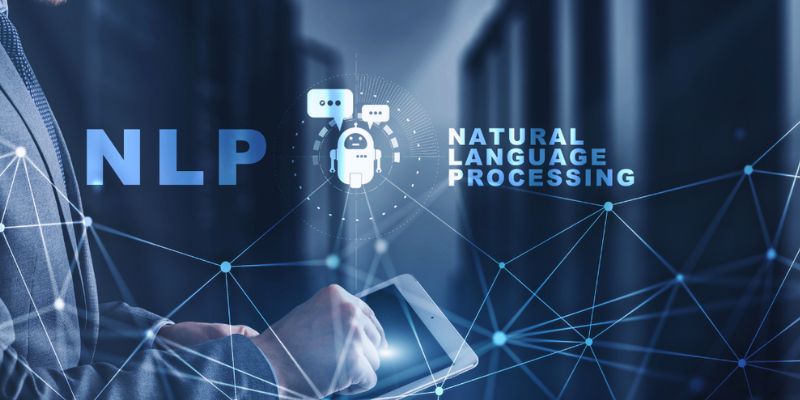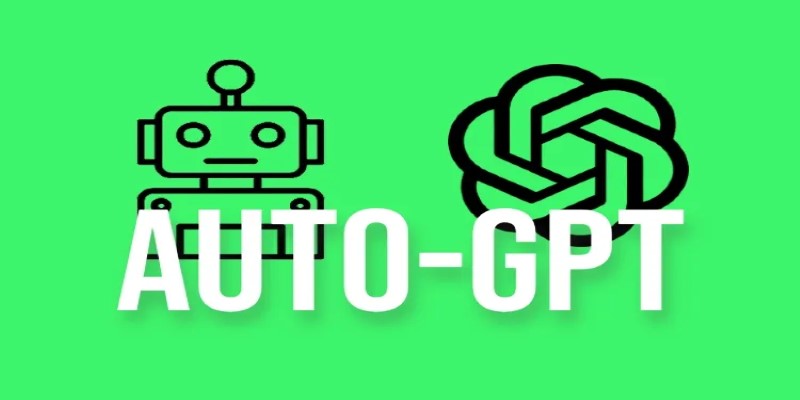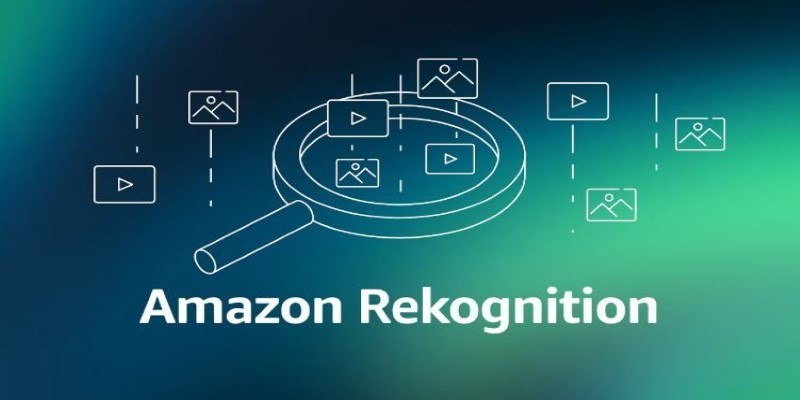Artificial Intelligence (AI) is revolutionizing the banking sector by streamlining operations, enhancing customer experiences, and fortifying security systems. From personalized financial advice to fraud detection, AI’s potential is vast. However, adopting these technologies demands careful consideration of ethical implications and risks, shaping the future of banking as both innovative and responsible.
The Role of AI in Modern Banking:

The banking industry is experiencing a transformation through artificial intelligence (AI) technology that uses process automation and large data assessment alongside personalized service delivery. Here are some of the key ways AI is transforming banking:
1. Customer Service Automation
AI chatbots combined with virtual assistants provide instant 24/7 support for handling ordinary account requests such as balance checks and transaction reviews and password resets. The enhanced customer experience and relieved human support teams enable the handling of complex problems which need direct human assistance.
2. Credit Scoring and Risk Assessment
The evaluation of creditworthiness through machine learning models integrates standard scoring metrics with non-traditional information which includes buying patterns and employment documentation as well as online social patterns. The result? Correct risk assessment methods enable financial institutions to choose better loan recipients through informed decisions.
3. Personalized Banking
AI elevates the customer experience by offering tailored recommendations for financial products. Based on individual preferences, spending habits, and financial goals, AI can suggest savings accounts, investment opportunities, or loan options that align with each customer’s unique needs, creating a more engaging and relevant banking experience.
Key Benefits of AI in Banking:
1. Enhanced Operational Efficiency
AI significantly boosts operational efficiency by automating repetitive tasks like data entry, document verification, and compliance checks, which are typically prone to human error. By reducing manual work, banks and financial institutions can save both time and operational costs. Robotic Process Automation (RPA) further enhances efficiency in back-office functions, such as payroll, reporting, and account reconciliation, freeing up employees to focus on strategic, value-added activities like improving customer engagement or developing new products.
2. Improved Fraud Detection
Traditional fraud detection systems often rely on static, predefined rules that may fail to adapt to new or evolving fraud tactics. AI, on the other hand, leverages sophisticated techniques such as anomaly detection, machine learning, and predictive analytics to identify suspicious patterns and detect fraudulent transactions in real-time. This proactive approach not only protects banks and customers from financial losses but also helps preserve trust and security in the banking system. AI continuously learns and improves, becoming more effective at identifying new types of fraud over time.
3. Data-Driven Decision Making
Banks generate enormous amounts of data every day, ranging from customer transactions to market trends. AI tools help sift through this data, analyzing it for patterns, trends, and actionable insights. These insights enable banks to forecast market changes, optimize investment strategies, and deliver more personalized financial advice to their clients. For example, AI can identify specific customer needs, such as mortgage refinancing or investment opportunities, based on their financial behavior, leading to smarter, data-driven decisions and better customer outcomes.
4. Risk Management and Compliance
Managing risk is a cornerstone of the financial industry, and AI plays a pivotal role in enhancing risk assessment. By analyzing non-traditional data points, such as social media activity, transaction history, and spending habits, AI can evaluate creditworthiness more comprehensively than traditional methods. Additionally, AI ensures regulatory compliance by monitoring transactions in real-time and flagging any discrepancies or suspicious activities.
Potential Risks and Challenges:
Despite its advantages, AI adoption in banking comes with several challenges:
1. Data Privacy and Security Concerns
AI systems rely on vast datasets, raising concerns about data breaches and misuse. Banks must implement robust cybersecurity measures to protect sensitive customer information.
2. Bias in AI Algorithms
If AI models are trained on biased historical data, they may perpetuate discrimination in lending and hiring decisions. Financial institutions must ensure fairness and transparency in AI-driven processes.
3. High Implementation Costs
Deploying AI solutions requires significant investment in infrastructure, talent, and ongoing maintenance. Smaller banks may struggle to compete with larger institutions that have greater resources.
4. Regulatory and Ethical Challenges
The rapid adoption of AI has outpaced regulatory frameworks, creating uncertainty around accountability and governance. Policymakers must establish clear guidelines to ensure ethical AI usage.
5. Job Displacement Fears
Automation may reduce the need for certain roles in banking, leading to workforce restructuring. However, AI also creates new opportunities in AI management, data analysis, and cybersecurity.
The Future of AI in Banking:
The integration of AI in banking is still in its early stages, with immense potential for future growth. Key trends shaping the future include:
1. Hyper-Personalization
AI will enable banks to offer highly customized financial products, such as personalized loan rates and investment portfolios, based on real-time customer behavior.
2. Expansion of Voice and Facial Recognition
Biometric authentication, including voice and facial recognition, will enhance security and streamline customer verification processes.
3. AI-Powered Predictive Analytics
Banks will leverage AI to predict market trends, customer needs, and potential risks, allowing for proactive decision-making.
4. Collaboration with FinTech Firms
Traditional banks will increasingly partner with FinTech companies to integrate cutting-edge AI solutions, fostering innovation and competition.
5. Ethical AI and Explainability
As AI becomes more complex, banks will prioritize explainable AI models that provide clear reasoning for decisions, ensuring transparency and trust.
Balancing Innovation with Responsibility:

The future of AI in banking is filled with promise, but it must be approached responsibly. Innovation should not come at the cost of ethical considerations, data privacy, or human oversight. Banks need to invest in developing explainable AI systems—technologies where decision-making processes are transparent and understandable by humans.
This approach will help ensure that AI serves customers fairly and responsibly while maintaining regulatory compliance. Additionally, continuous training of employees to work alongside AI tools will be crucial. Rather than replacing humans, AI should be viewed as a collaborative partner that enhances human capabilities.
Conclusion:
AI is revolutionizing the banking industry by enhancing efficiency, improving security, and delivering superior customer experiences. However, financial institutions must address challenges related to data privacy, bias, and regulatory compliance to fully harness AI’s potential. As technology evolves, banks that strategically integrate AI while maintaining ethical standards will lead the financial landscape of tomorrow.











